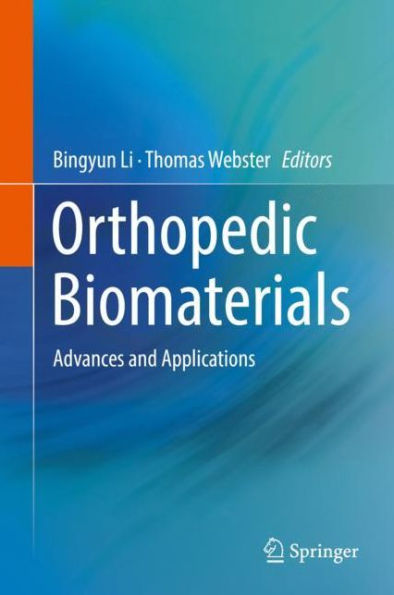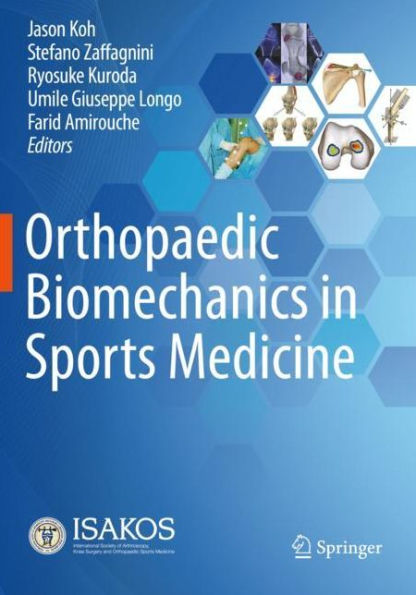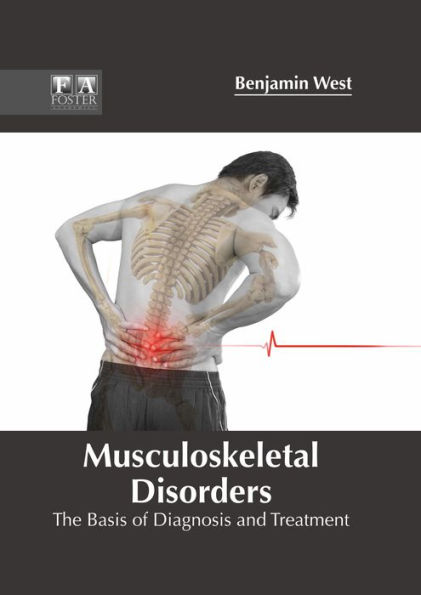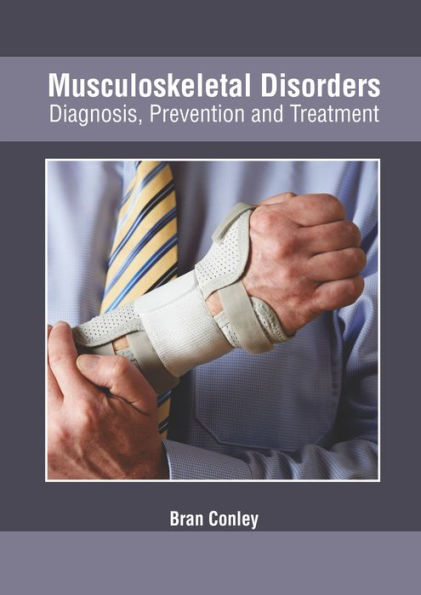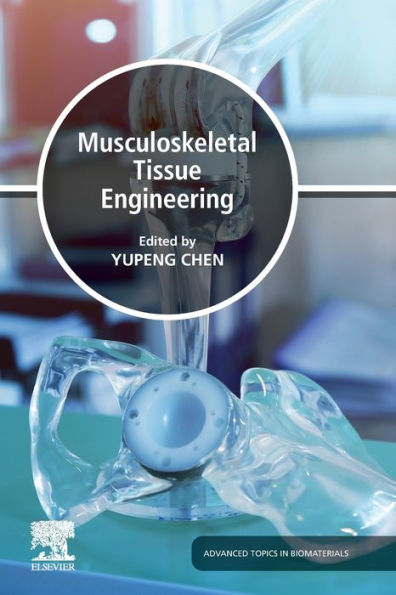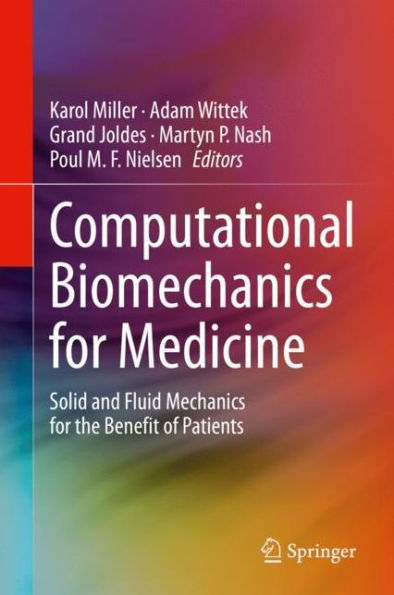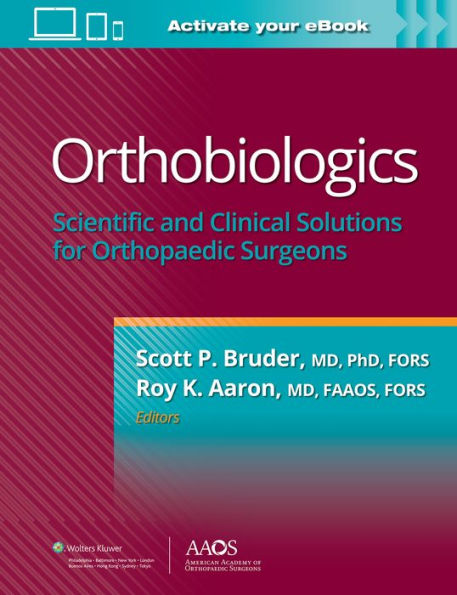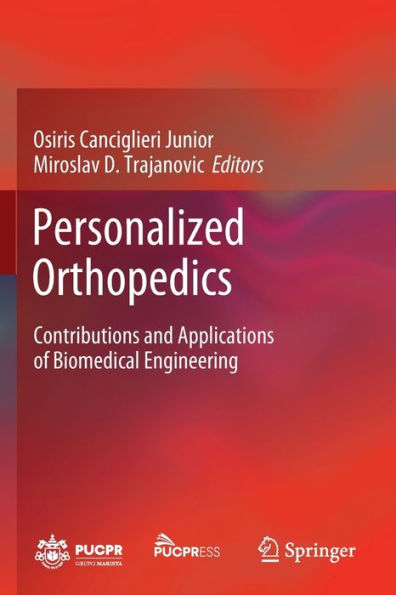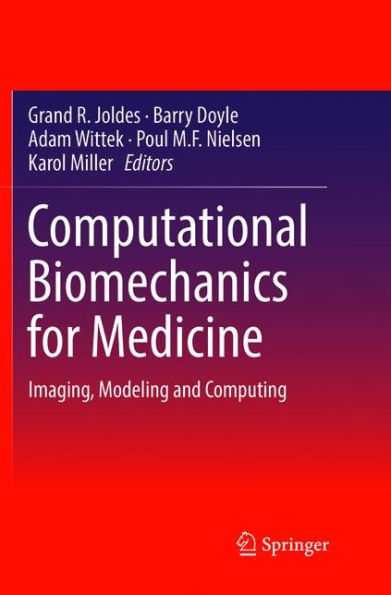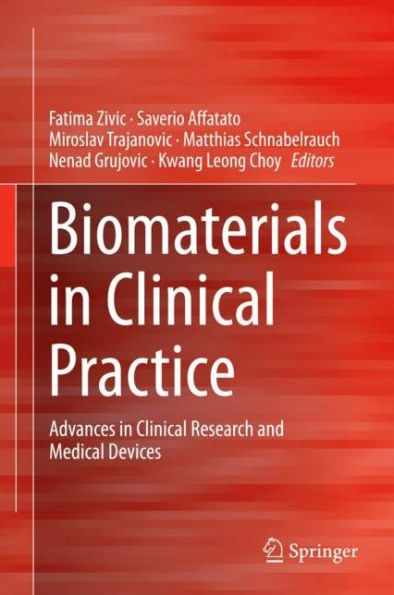Home
Musculoskeletal Research: Biomechanics and Biomaterials for the Treatment of Orthopedic Diseases


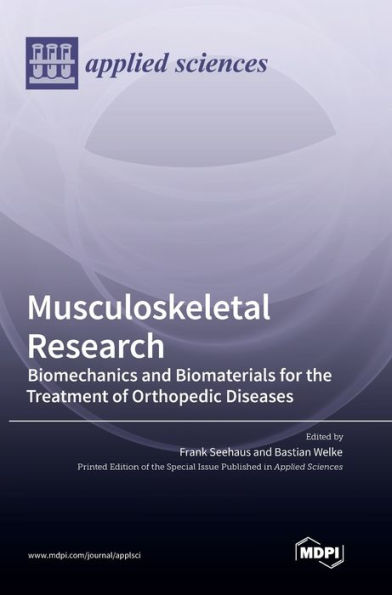
Musculoskeletal Research: Biomechanics and Biomaterials for the Treatment of Orthopedic Diseases
Current price: $88.92
Loading Inventory...
Size: OS
Musculoskeletal research deals with the effects of the orthopedic treatment of pathologies on the biomechanics of the affected areas and on the musculoskeletal system. Biomechanical measurement methods enable the quantitative determination of these influences and allow for an assessment of their extent and size for the patient (in vivo). The range of examination methods is particularly wide in this field of musculoskeletal research. On the one hand, in vitro examinations under laboratory conditions on simplified models, such as artificial bones or specimens from donors, will be implemented. With the help of these models, for example, new biomaterials or implants for the treatment of fractures are often examined for their primary stability or the influence of a joint replacement on the kinematics. In contrast to experimental in vitro studies, numerical methods will be increasingly applied to analyze a large number of implant configurations and loading scenarios. With the method of clinical motion analysis, a comprehensive view of the musculoskeletal system is performed directly in vivo on the patient. For example, it allows for the monitoring and control of therapeutic interventions. These are just a few examples from the field of musculoskeletal research and its methods. They all have the common goal of increasing patient safety. This Special Issue intends to provide the reader with an exciting overview of current research in the field of biomechanical investigations for the treatment of musculoskeletal diseases.
